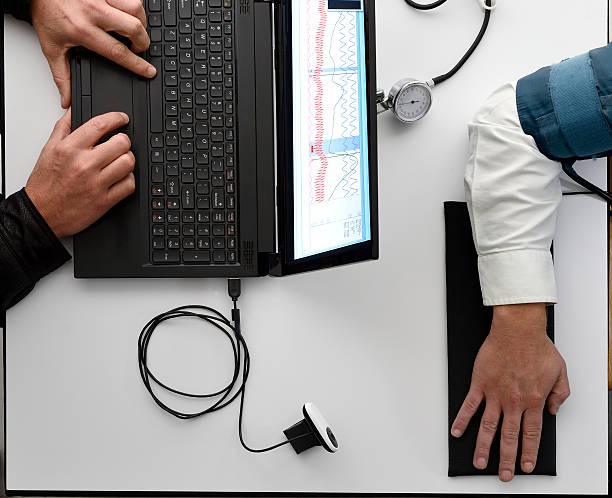A Lie detector test measures physical responses in your body while you answer questions. It tracks heart rate, breathing, and skin conductivity to see if your reactions suggest dishonesty. Some people believe they can trick the system, but experts warn that it’s not as easy as it sounds.
The idea of beating a truth verification exam often comes from TV shows or internet guides. They suggest methods like controlling breathing, biting your tongue, or thinking of stressful events during certain answers. While these tricks might sound clever, professionals say they rarely work in real situations.
Polygraph examiners are trained to spot unnatural patterns. They can see when breathing becomes forced or when muscle tension appears at suspicious moments. In fact, trying to cheat can sometimes create clearer signs of deception than simply telling the truth.
The accuracy of a polygraph depends on several factors, including the examiner’s skill, the testing environment, and the cooperation of the person being tested. A person who is overly focused on manipulating their body might show erratic results, making the readings easier to interpret as dishonest.
Experts also point out that lying under test conditions creates natural stress, which is hard to mask. Even experienced actors or trained individuals find it difficult to keep their body completely calm while giving false answers. The human body often reacts in ways we cannot fully control.
There is also a legal and ethical side. Attempting to cheat during an official investigation can damage credibility and make the situation worse. In workplace or legal cases, suspicious behavior during testing can have the same negative impact as failing outright.
While no test is perfect, polygraphs are designed to detect attempts at manipulation. The safest and simplest way to pass is to be truthful. If you have concerns about a question or believe it is unfair, it is better to discuss it with the examiner before the test begins.
The bottom line from experts is clear: while people have claimed to beat polygraphs, the odds are against it. Trained examiners use both the data from the machine and their own observations to spot deceit. Trying to cheat usually increases the chance of being caught, not the other way around.

